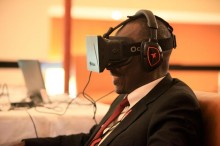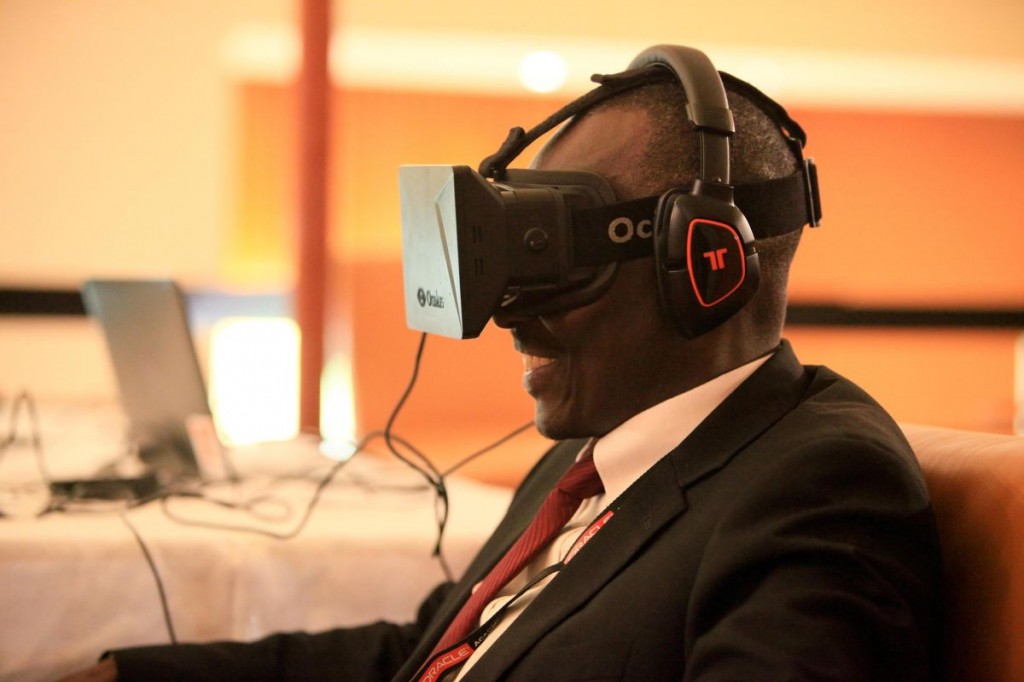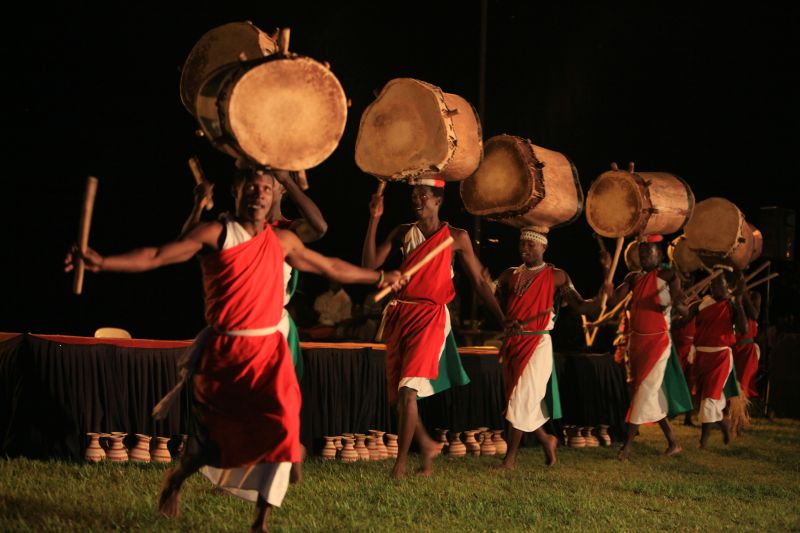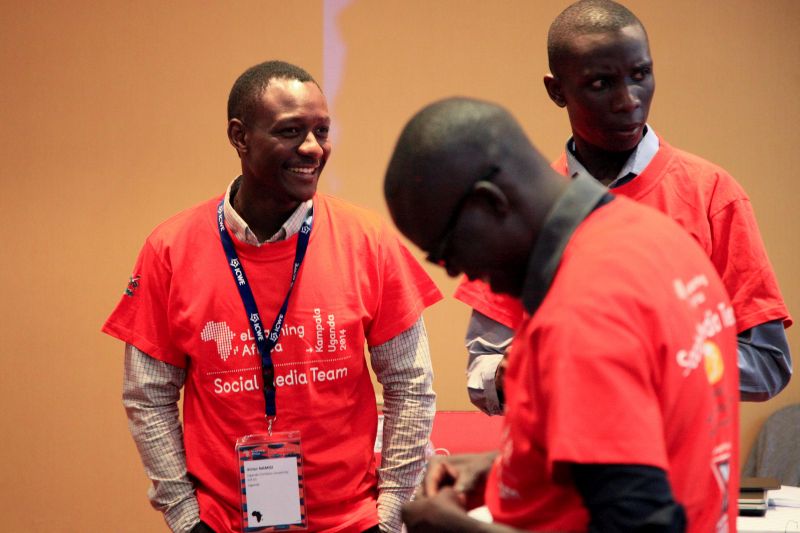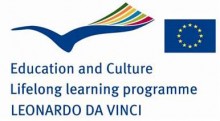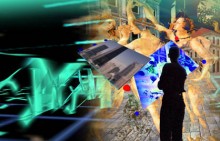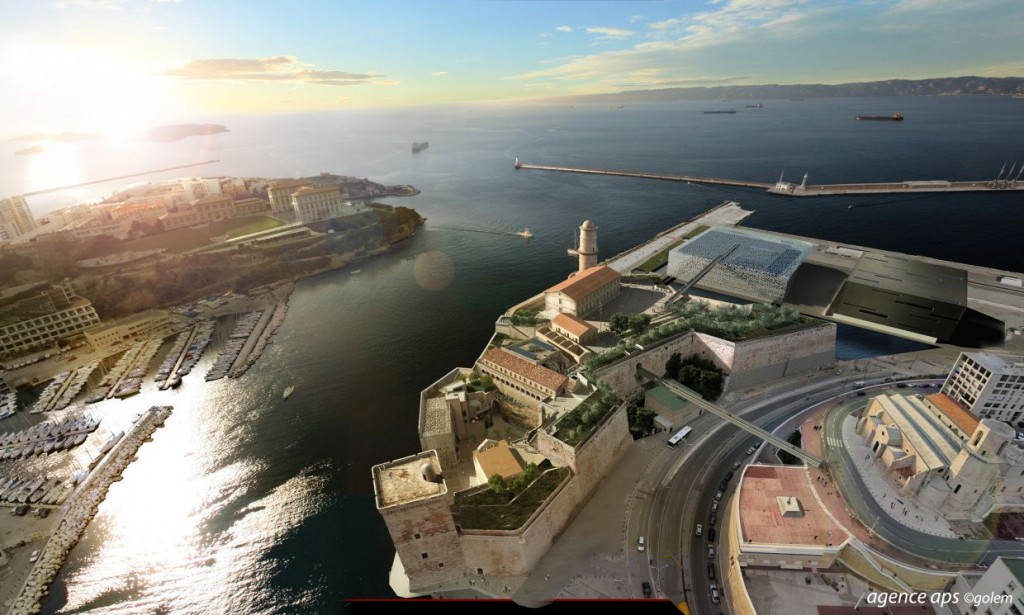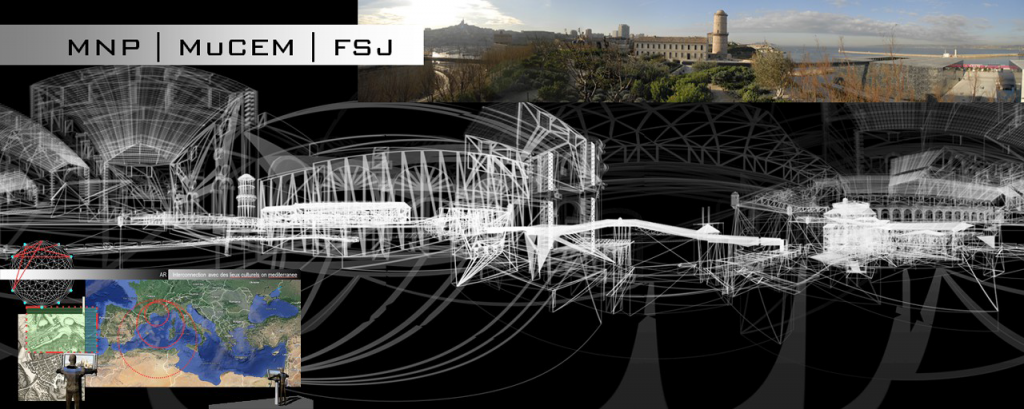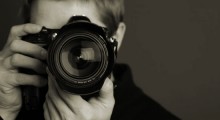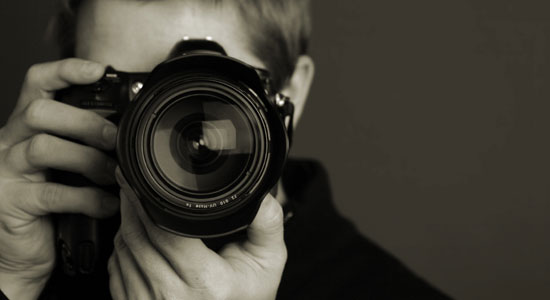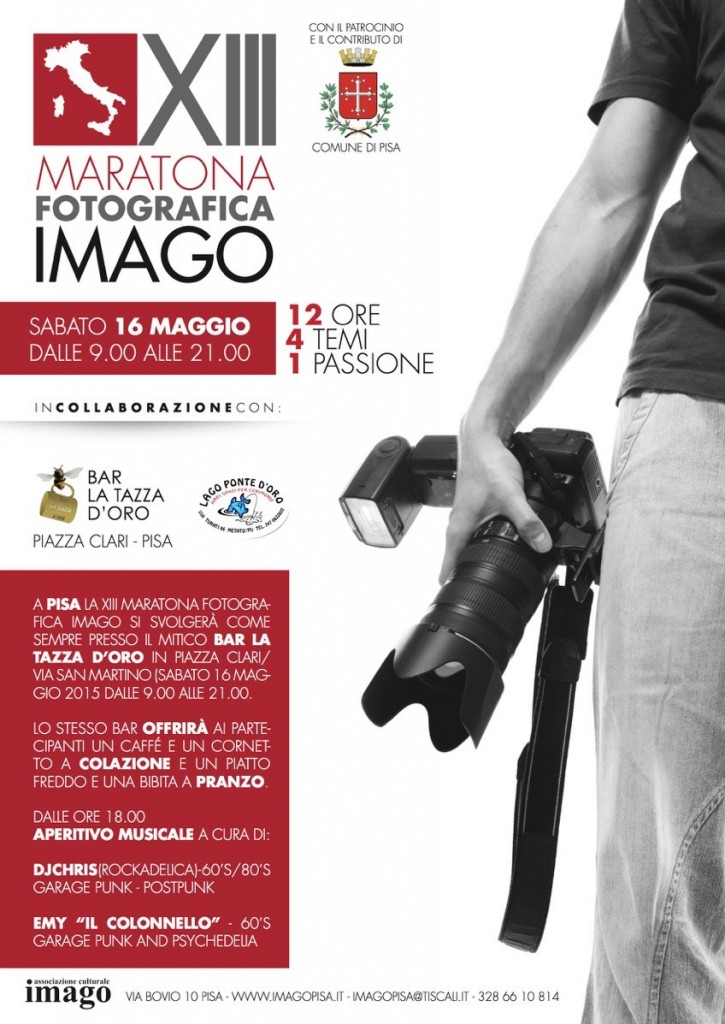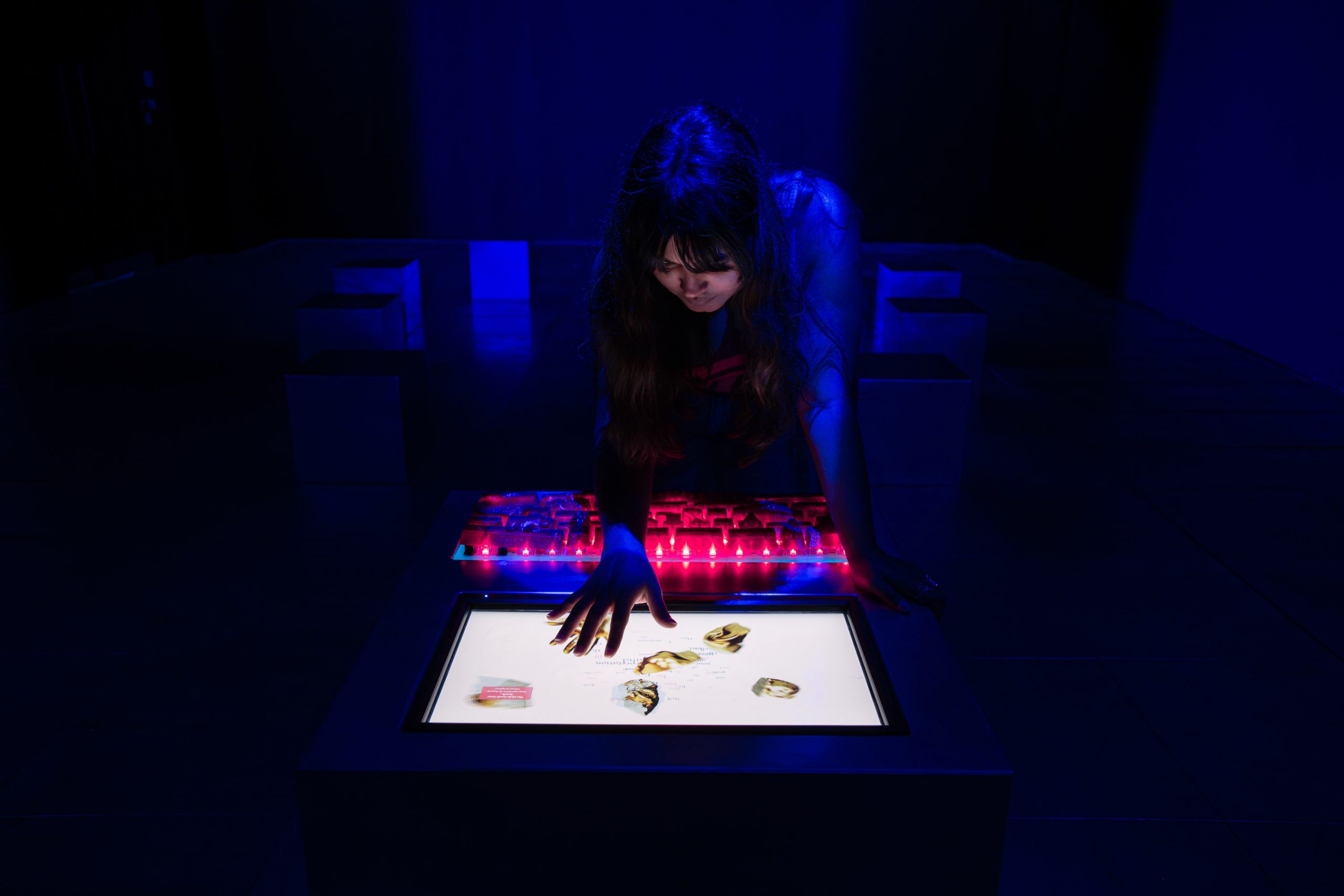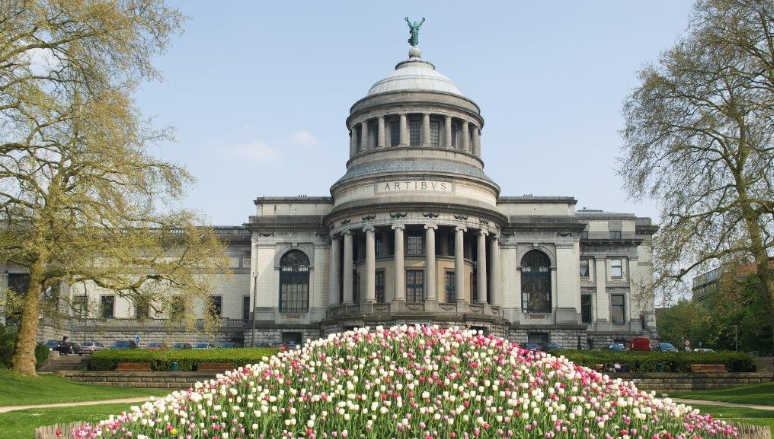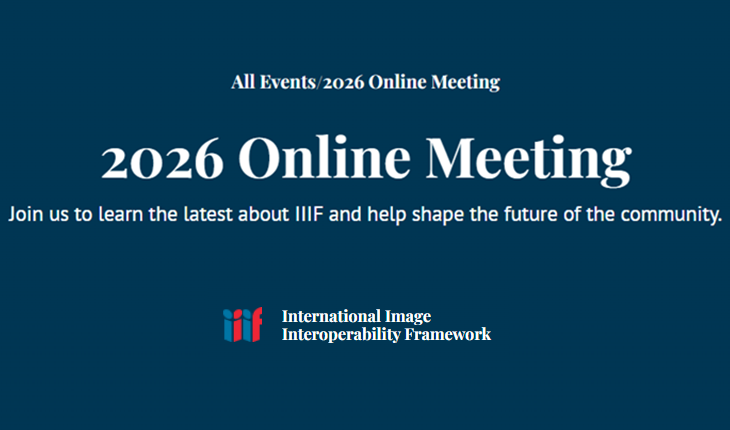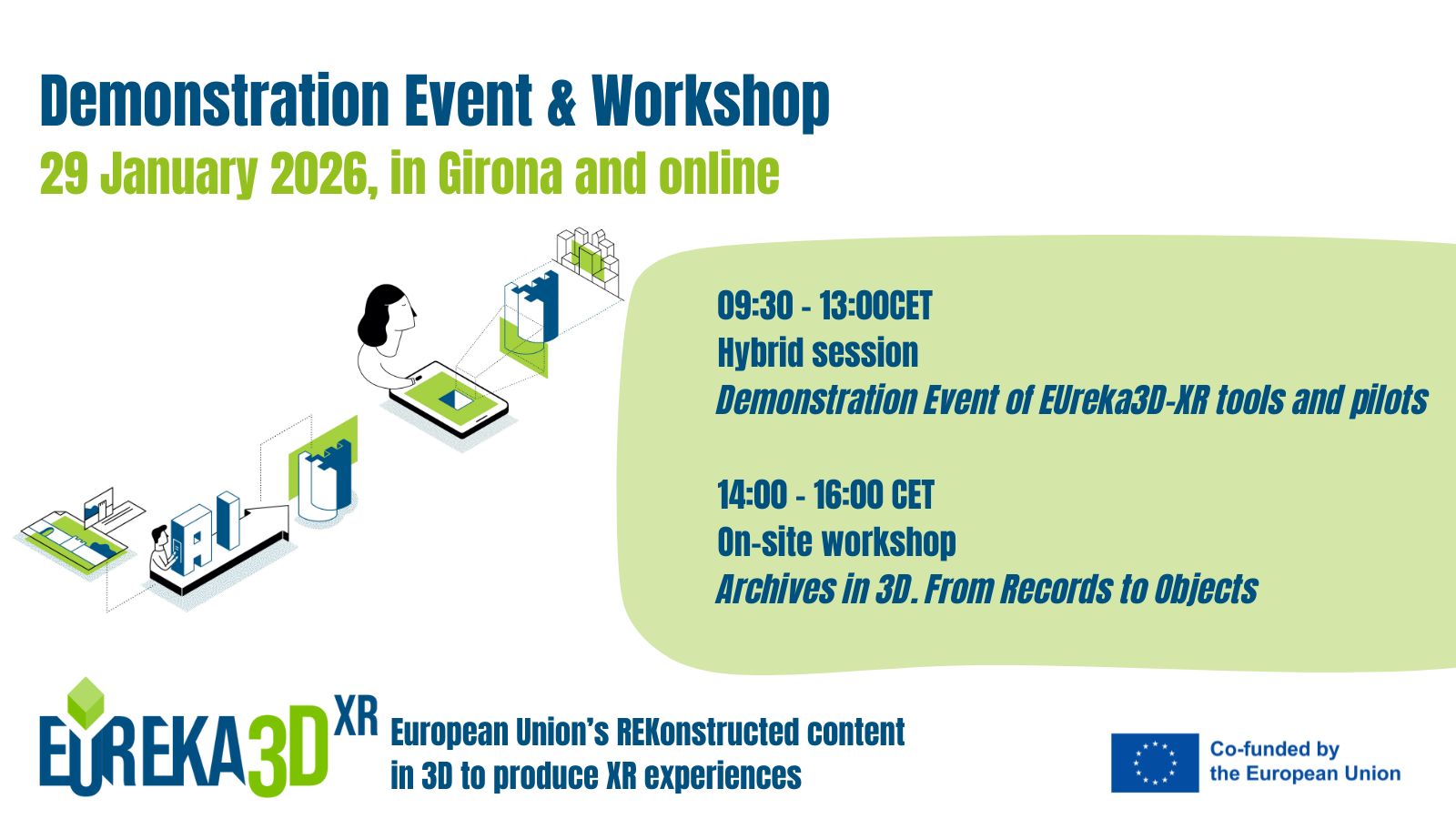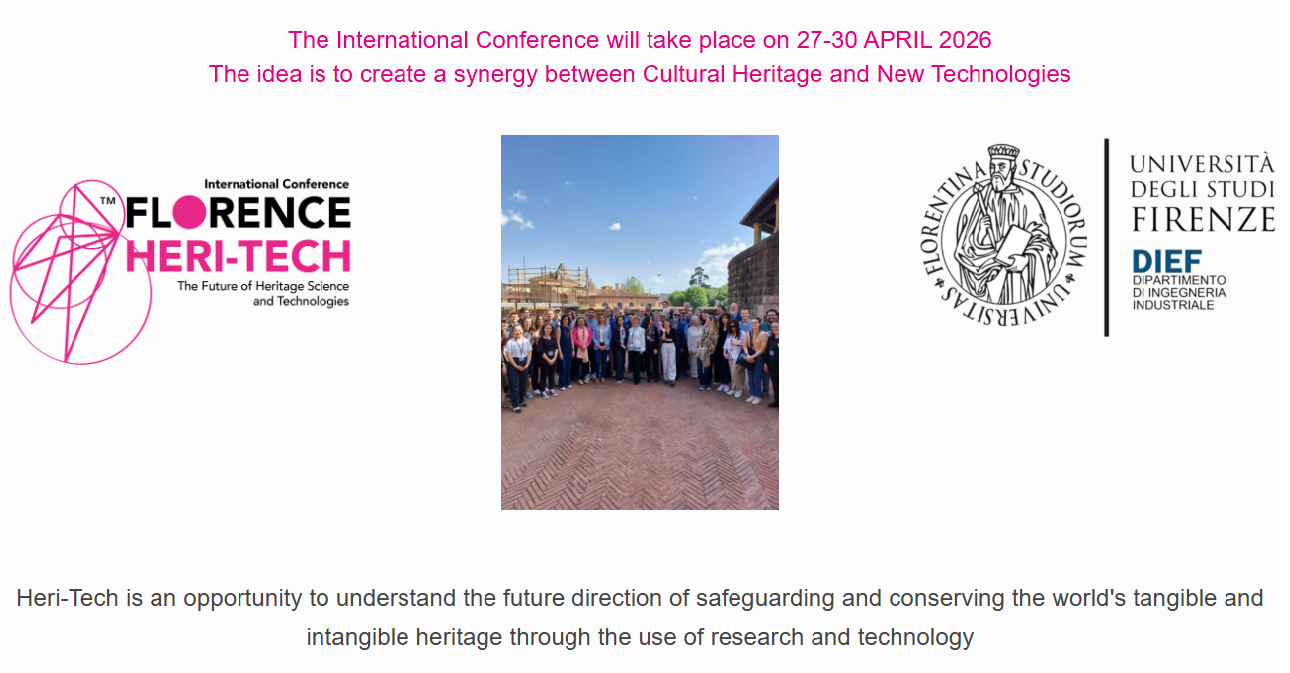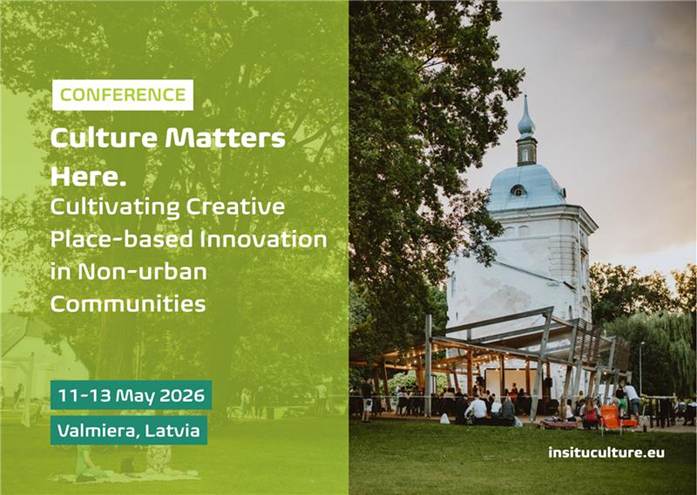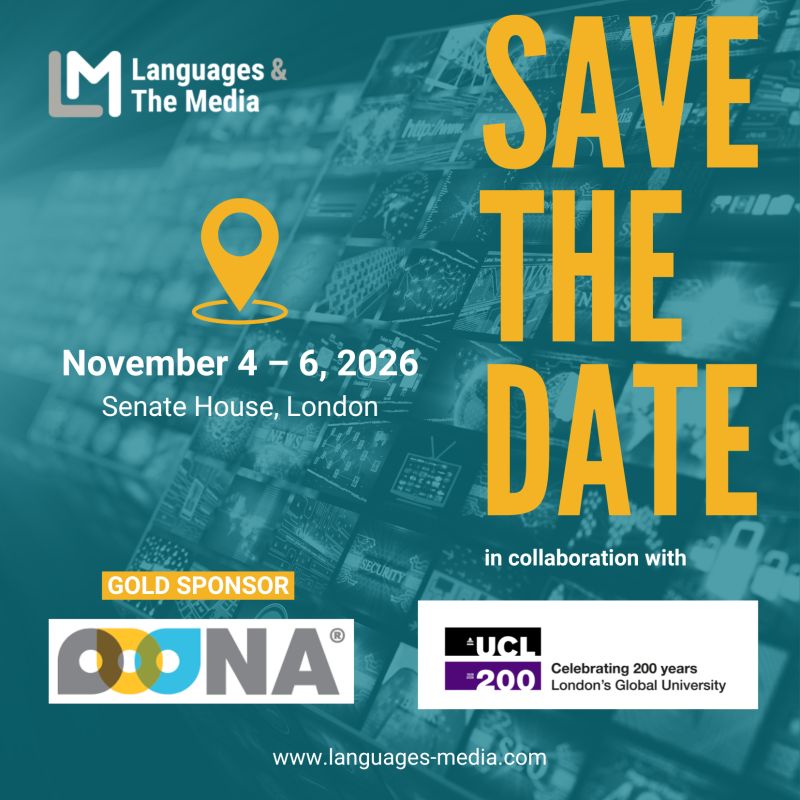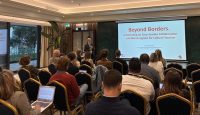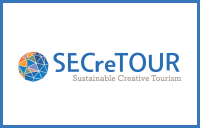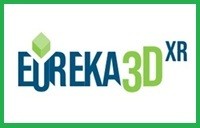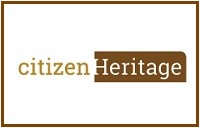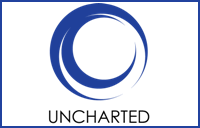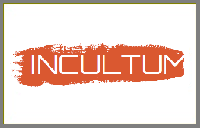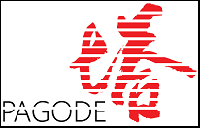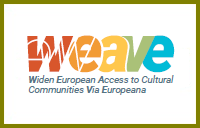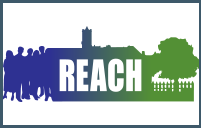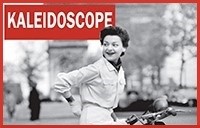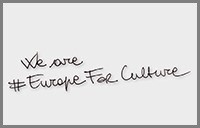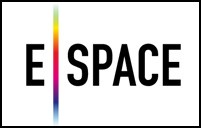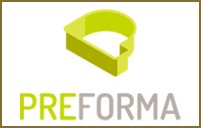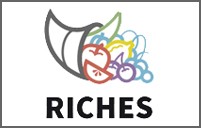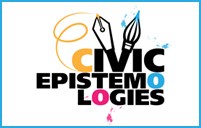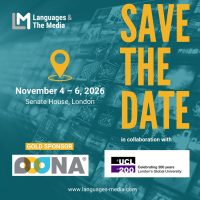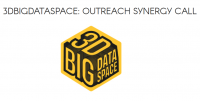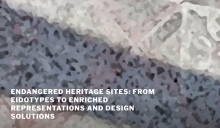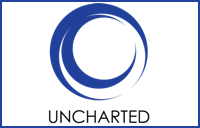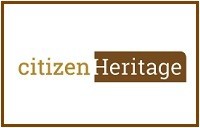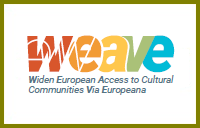October 11 - 16, 2015 - St. Julians, Malta. Deadline: June 1, 2015
 The recent development of social networks, numerous ad hoc interest-based formed virtual communities, and citizen-driven institutional initiatives raise a series of new challenges in considering human behaviour, both on personal and collective contexts.
The recent development of social networks, numerous ad hoc interest-based formed virtual communities, and citizen-driven institutional initiatives raise a series of new challenges in considering human behaviour, both on personal and collective contexts.
HUSO 2015, The First International Conference on Human and Social Analytics, is an inaugural event bridging the concepts and the communities dealing with emotion-driven systems, sentiment analysis, personalized analytics, social human analytics, and social computing.
The event has opened a call for papers, looking for academic, research, and industrial contributions. Technical papers presenting research and practical results are welcome, as well as position papers addressing the pros and cons of specific proposals, such as those being discussed in the standard fora or in industry consortia, or survey papers addressing the key problems and solutions on any of the above topics short papers on work in progress, and panel proposals.
All tracks/topics are open to both research and industry contributions.
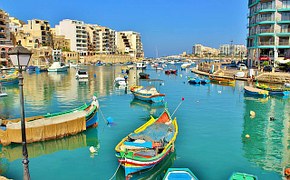
Tracks:
– Emotion basics
– Emotion-driven systems
– Sentiment analysis
– Social human analytics
– Personalized human analytics
– Social computing
The submission deadline for the presentation of full papers is June 1, 2015.
INSTRUCTION FOR THE AUTHORS
Authors of selected papers will be invited to submit extended versions to one of the IARIA Journals.
Publisher: XPS (Xpert Publishing Services)
Archived: ThinkMindTM Digital Library (free access)
Prints available at Curran Associates, Inc.
Articles will be submitted to appropriate indexes.
Important deadlines:
| Submission (full paper) |
June 1, 2015 |
| Notification |
July 12, 2015 |
| Registration |
July 30, 2015 |
| Camera ready |
August 30, 2015 |
Contribution types
- regular papers [in the proceedings, digital library]
- short papers (work in progress) [in the proceedings, digital library]
- ideas: two pages [in the proceedings, digital library]
- extended abstracts: two pages [in the proceedings, digital library]
- posters: two pages [in the proceedings, digital library]
- posters: slide only [slide-deck posted on www.iaria.org]
- presentations: slide only [slide-deck posted on www.iaria.org]
- demos: two pages [posted on www.iaria.org]
- doctoral forum submissions: [in the proceedings, digital library]
Proposals for:
FORMATS
Only .pdf or .doc files will be accepted for paper submission. All received submissions will be acknowledged via an automated system.
Final author manuscripts will be 8.5″ x 11″, not exceeding 6 pages; max 4 extra pages allowed at additional cost. The formatting instructions can be found on the Instructions page. Helpful information for paper formatting can be found on the here. Latex templates are also available.
Slides-based contributions can use the corporate/university format and style.
Your paper should also comply with the additional editorial rules.
Once you receive the notification of contribution acceptance, you will be provided by the publisher an online author kit with all the steps an author needs to follow to submit the final version. The author kits URL will be included in the letter of acceptance.
It is recommended to not use too many extra pages, even if you can afford the extra fees. No more than 2 contributions per event are recommended, as each contribution must be separately registered and paid for. At least one author of each accepted paper must register to ensure that the paper will be included in the conference proceedings and in the digital library, or posted on the www.iaria.org (for slide-based contributions).
CONTRIBUTION TYPE
Regular Papers (up to 6-10 page article -6 pages covered the by regular registration; max 4 extra pages allowed at additional cost- ) (oral presentation)
These contributions could be academic or industrial research, survey, white, implementation-oriented, architecture-oriented, white papers, etc. They will be included in the proceedings, posted in the free-access ThinkMind digital library and sent for indexing. Please submit the contributions following the instructions for the regular submissions using the “Submit a Paper” button and selecting the appropriate contribution type. 12-14 presentation slides are suggested.
Short papers (work in progress) (up to 4 pages long) (oral presentation)
Work-in-progress contributions are welcome. These contributions represent partial achievements of longer-term projects. They could be academic or industrial research, survey, white, implementation-oriented, architecture-oriented, white papers, etc. Please submit the contributions following the instructions for the regular submissions using the “Submit a Paper” button and selecting the contribution type as work in progress. Contributors must follow the conference deadlines, describing early research and novel skeleton ideas in the areas of the conference topics. The work will be published in the conference proceedings, posted in the free-access ThinkMind digital library and sent for indexing. For more details, see the Work in Progress explanation page. 12-14 presentation slides are suggested.
Ideas contributions (2 pages long) (oral presentation)
This category is dedicated to new ideas in their very early stage. Idea contributions are expression of yet to be developed approaches, with pros/cons, not yet consolidated. Ideas contributions are intended for a debate and audience feedback. Please submit the contributions following the instructions for the regular submissions using the “Submit a Paper” button and selecting the contribution type as Idea. Contributors must follow the conference deadlines, describing early research and novel skeleton ideas in the areas of the conference topics. The work will be published in the conference proceedings, posted in the free-access ThinkMind digital library and sent for indexing. For more details, see the Ideasexplanation page. 12-14 presentation slides are suggested.
Extended abstracts (2 pages long) (oral presentation)
Extended abstracts summarize a long potential publication with noticeable results. It is intended for sharing yet to be written, or further on intended for a journal publication. Please submit the contributions following the instructions for the regular submissions using the “Submit a Paper” button and selecting the contribution type as Extended abstract. Contributors must follow the conference deadlines, describing early research and novel skeleton ideas in the areas of the conference topics. The work will be published in the conference proceedings, posted in the free-access ThinkMind digital library and sent for indexing. 12-14 presentation slides are suggested.
Posters (paper-based, two pages long) (oral presentation)
Posters are intended for ongoing research projects, concrete realizations, or industrial applications/projects presentations. The poster may be presented during sessions reserved for posters, or mixed with presentation of articles of similar topic. A two-page paper summarizes a presentation intended to be a POSTER. This allows an author to summarize a series of results and expose them via a big number of figures, graphics and tables. Please submit the contributions following the instructions for the regular submissions using the “Submit a Paper” button and selecting the contribution type as Poster Two Pages. Contributors must follow the conference deadlines, describing early research and novel skeleton ideas in the areas of the conference topics. The work will be published in the conference proceedings, posted in the free-access ThinkMind digital library and sent for indexing. 8-10 presentation slides are suggested. Also a big Poster is suitable, used for live discussions with the attendees, in addition to the oral presentation.
Posters (slide-based, only) (oral presentation)
Posters are intended for ongoing research projects, concrete realizations, or industrial applications/projects presentations. The poster may be presented during sessions reserved for posters, or mixed with presentation of articles of similar topic. The slides must have comprehensive comments. This type of contribution only requires a 8-10 slide-deck. Please submit the contributions following the instructions for the regular submissions using the “Submit a Paper” button and selecting the contribution type as Poster (slide-only). The slide-deck will be posted, post-event, on www.iaria.org.
8-10 presentation slides are suggested. Also a big Poster is suitable, used for live discussions with the attendees, additionally to the oral presentation.
Presentations (slide-based, only) (oral presentation)
These contributions represent technical marketing/industrial/business/positioning presentations. This type of contribution only requires a 12-14 slide-deck. Please submit the contributions following the submission instructions by using the “Submit a Paper” button and selecting the contribution type as Presentation (slide-only). The slide-deck will be posted, post-event, on www.iaria.org.
12-14 presentation slides are suggested.
Demos (two pages) [posted on www.iaria.org]
Demos represent special contributions where a tool, an implementation of an application, or a freshly implemented system is presented in its alfa/beta version. It might also be intended for thsoe new application to gather the attendee opinion. A two-page summary for a demo is intended to be. It would be scheduled in special time spots, to ensure a maximum attendance from the participants. Please submit the contributions following the submission instructions by using the “Submit a Paper” button and selecting the contribution type as Demos. The Demos paper will be posted, post-event, onwww.iaria.org.
Doctoral forum submissions: (up to 6-10 page article -6 pages covered the by regular registration; max 4 extra pages allowed at additional cost- ) (oral presentation)
There contributions refer to PhD dissertations, new PhD approaches, and PhD out-of-the-book thinking, etc. They will be included in the proceedings, posted in the free-access ThinkMind digital library and sent for indexing. Please submit the contributions following the instructions for the regular submissions using the “Submit a Paper” button and selecting the appropriate contribution type Doctoral forum. 12-14 presentation slides are suggested.
Tutorial proposals
Tutorials provide overviews of current high interest topics. Proposals should be for 2-3 hour long. Proposals must contain the title, the summary of the content, and the biography of the presenter(s). The tutorials’ slide decks will be posted on the IARIA site.
Please send your proposals to tutorial proposal
Panel proposals
The organizers encourage scientists and industry leaders to organize dedicated panels dealing with controversial and challenging topics and paradigms. Panel moderators are asked to identify their guests and manage that their appropriate talk supports timely reach our deadlines. Moderators must specifically submit an official proposal, indicating their background, panelist names, their affiliation, the topic of the panel, as well as short biographies. The panel’s slide deck will be posted on the IARIA site.
Please send your proposals to panel proposal
Workshop proposals
See http://www.iaria.org/workshop.html
Mini Symposium proposal
See http://www.iaria.org/symposium.html
Updates about the Call for Papers and the International Conference will be regularly published at the conference website.
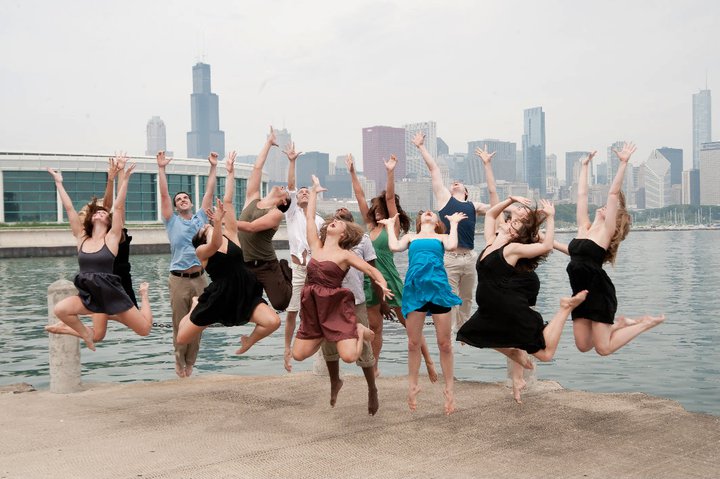 C-DaRE has established itself as one of the UK’s leading Centres for dance research. It brings together artists and scholars, working collaboratively with partners from across the creative and cultural industries, both nationally and internationally, for interdisciplinary research. C-DaRE specialises in an inclusive approach to diverse forms of artistic research in dance, supported by new approaches to documentation, analysis and publication in various formats. Artistic research in dance at the Centre is situated within a range of interrelated areas including: research into the impact of digital technologies on the creation, transmission and distribution of dance; reflexive enquiry into forms of somatic practice; understanding of choreographic creativity; development of alternative sites for performance including screen and site-responsive dance.
C-DaRE has established itself as one of the UK’s leading Centres for dance research. It brings together artists and scholars, working collaboratively with partners from across the creative and cultural industries, both nationally and internationally, for interdisciplinary research. C-DaRE specialises in an inclusive approach to diverse forms of artistic research in dance, supported by new approaches to documentation, analysis and publication in various formats. Artistic research in dance at the Centre is situated within a range of interrelated areas including: research into the impact of digital technologies on the creation, transmission and distribution of dance; reflexive enquiry into forms of somatic practice; understanding of choreographic creativity; development of alternative sites for performance including screen and site-responsive dance.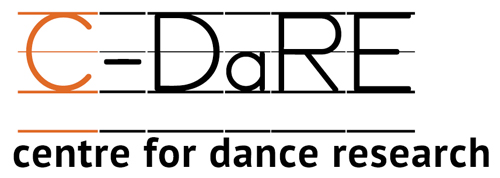 Closing dates for all posts: 30th June 2015
Closing dates for all posts: 30th June 2015

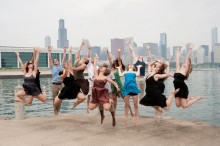
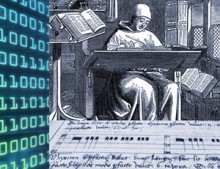

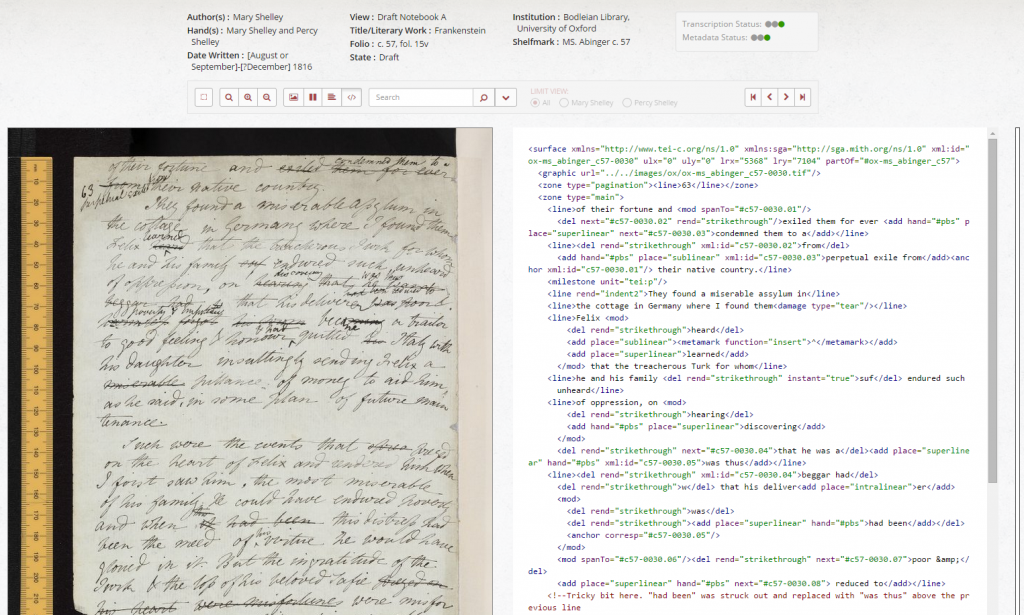

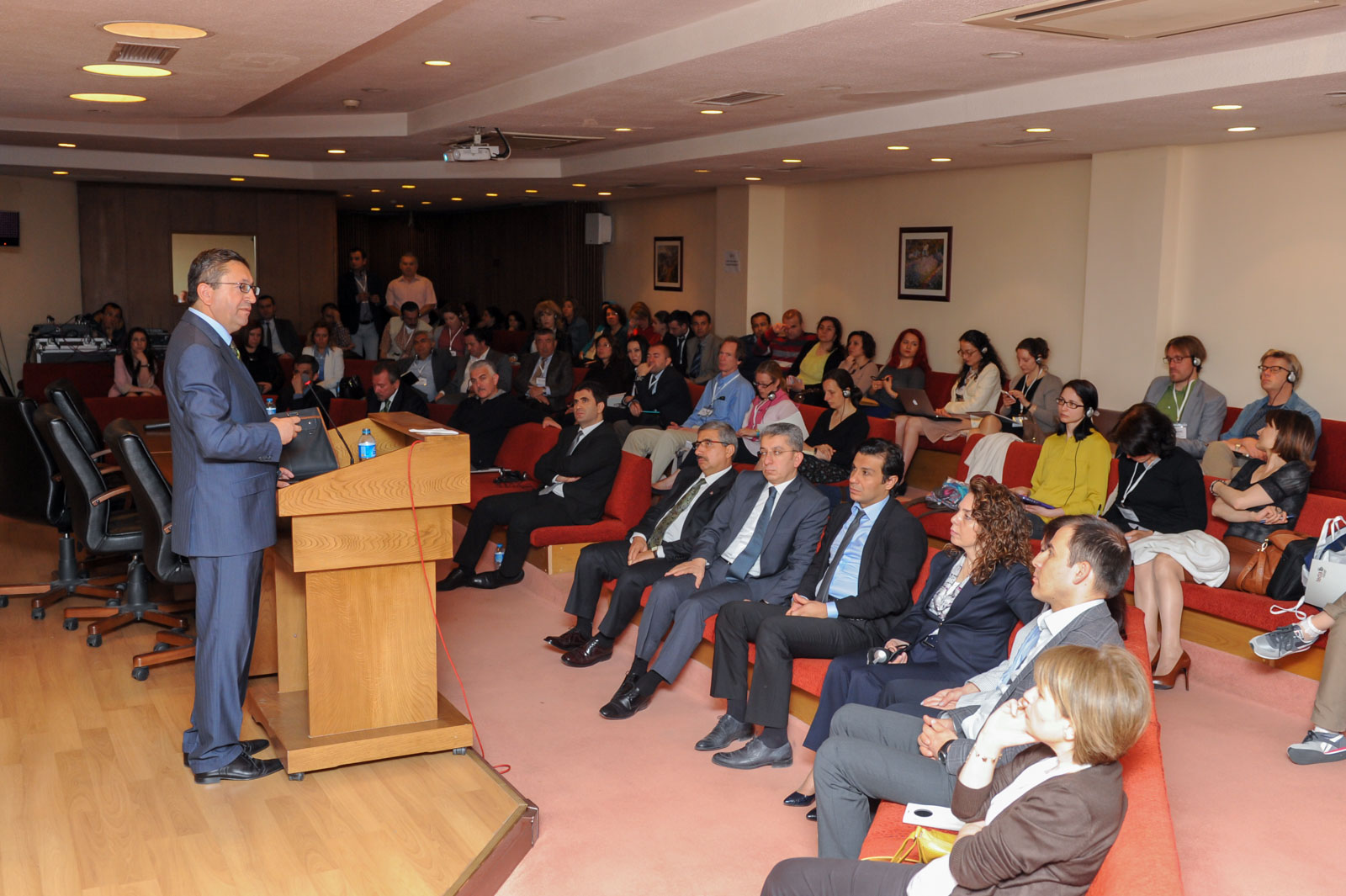
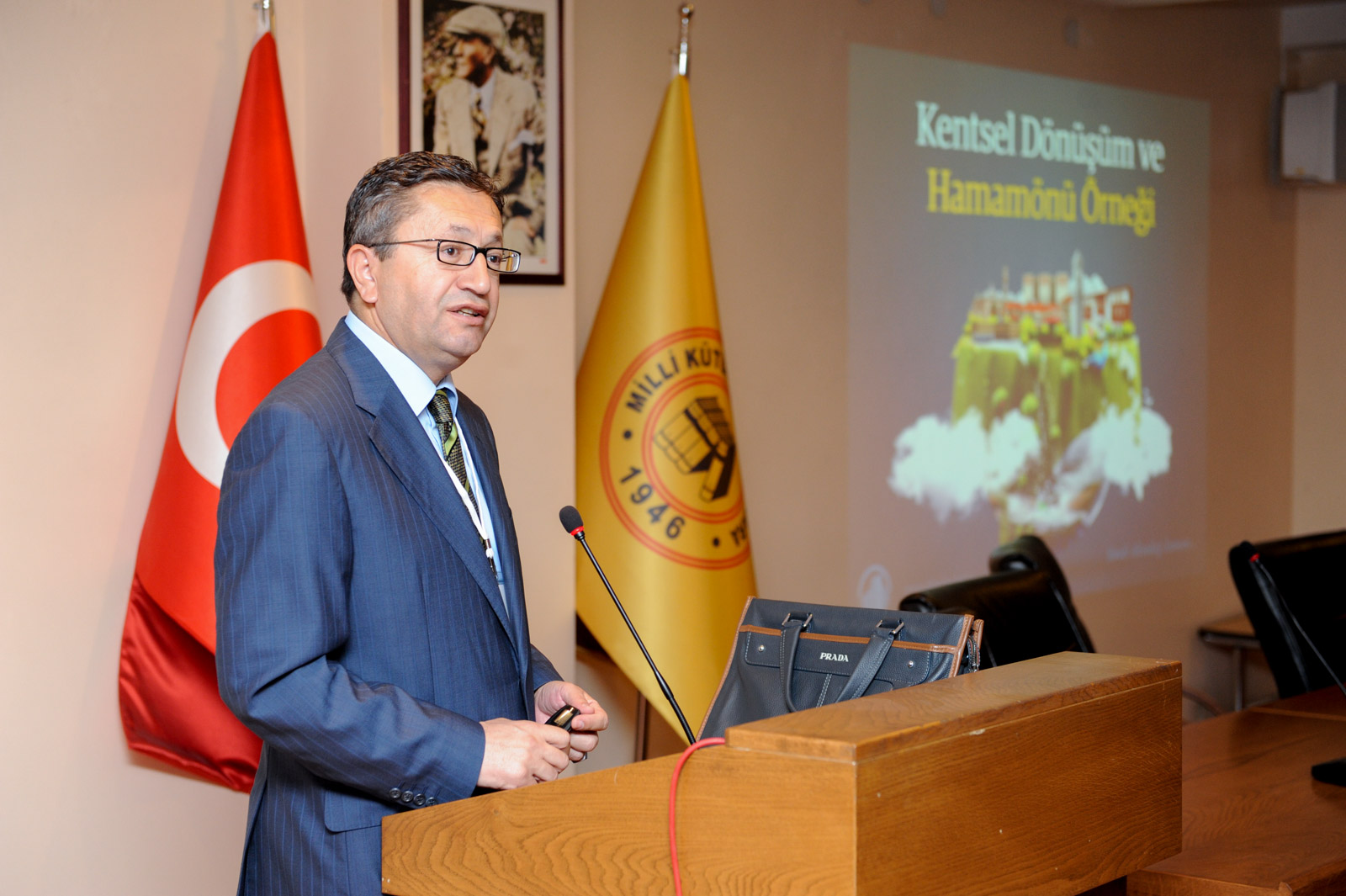
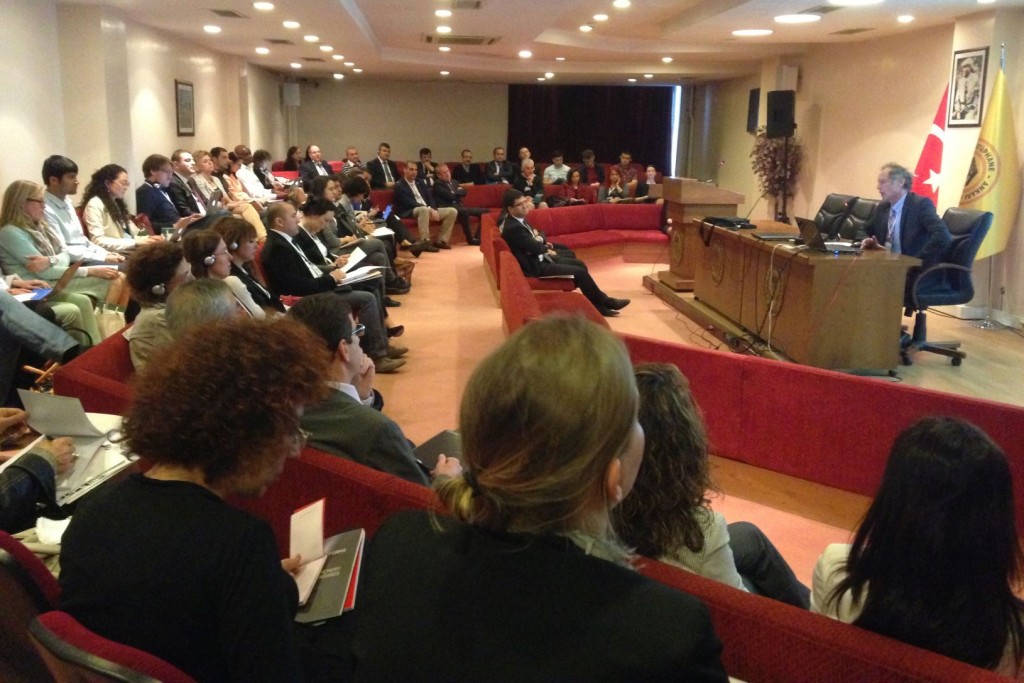
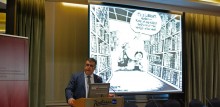
 The fourth international forum, organised by the NALIS Foundation with the support of America for Bulgaria Foundation, took place on 12 May 2015 in Sofia, at the Radisson Blu Grand Hotel Sofia. This year the event, entitled “The Challenge to Collaborate in the Digital Age“, was dedicated to the large library consortia.
The fourth international forum, organised by the NALIS Foundation with the support of America for Bulgaria Foundation, took place on 12 May 2015 in Sofia, at the Radisson Blu Grand Hotel Sofia. This year the event, entitled “The Challenge to Collaborate in the Digital Age“, was dedicated to the large library consortia.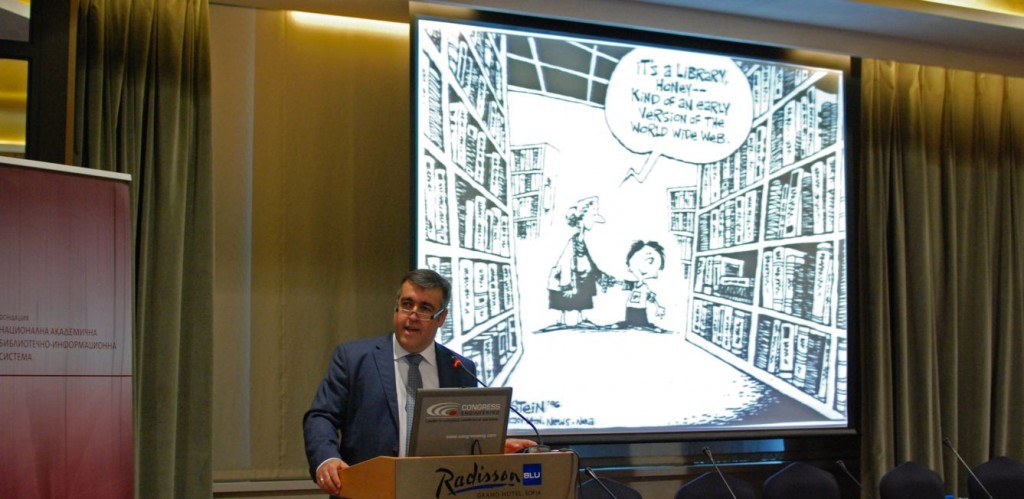
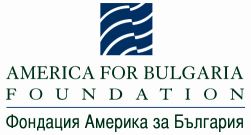 The event was opened by Vanya Kastreva, Deputy Minister of Education, and Carl H. Pforzheimer III, Co-Chairman of the America for Bulgaria Foundation. The lecturers were representatives of leading libraries/library networks and cultural organisations from Europe and the US, who shared their experience in local and global collaboration (not only within the library community, but also within the IT community) in the framework of projects involving the digitisation of cultural heritage, creative re-use of digitised cultural contents and citizen participation.
The event was opened by Vanya Kastreva, Deputy Minister of Education, and Carl H. Pforzheimer III, Co-Chairman of the America for Bulgaria Foundation. The lecturers were representatives of leading libraries/library networks and cultural organisations from Europe and the US, who shared their experience in local and global collaboration (not only within the library community, but also within the IT community) in the framework of projects involving the digitisation of cultural heritage, creative re-use of digitised cultural contents and citizen participation.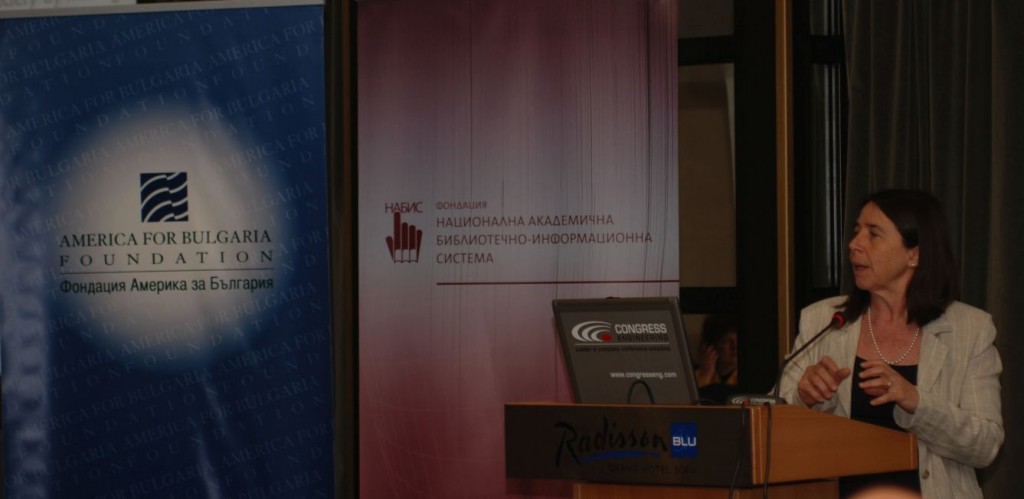


















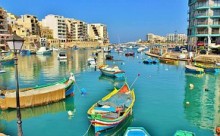


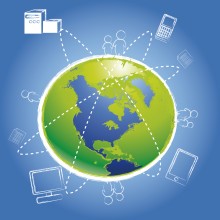

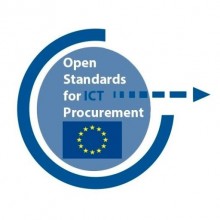 The Workshop
The Workshop
